Imagine I have several (i.e. > 100) column vectors of numbers. Vectors are large with equal length (e.g. 20k items). The vectors are not adjacent, so they don't make a matrix.
What I want, is to get some row-wise computation with the vectors, for instance
For each row what is the first non zero value among all vectors?
or
For each row what is the maximal value among all vectors?
See this simplified example, that should get the maximal value for all vectors, which would be 3 for all row (in reality the displayed value is 1):

It would be easy, if I could copy the vectors as a matrix and get the column of row ranges that spans all vectors for a given row, instead of the column ranges. But that is not the option due to the size of the data. I think it is related to other SO question: Is it possible to have array as an argument to INDIRECT(), so INDIRECT() returns array?.